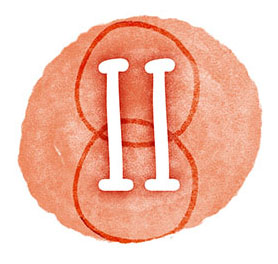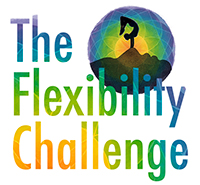Dynamic Stretching
Intro

Core-Concepts
Dynamic stretches build both flexibility and strength in your extended range of motion. Think of a gymnast jumping into a full split midair, or a pole dancer holding a middle split off the ground. That’s called dynamic flexibility and static-active flexibility—using strength to hold flexible positions without relying on gravity.
Unlike static stretching, which is done at the end of a routine, dynamic stretching uses controlled motion to explore your range. These movements are ideal before dance, pole, martial arts, or any sport requiring flexibility and control.
Pick a focus area, lower body or upper body.
Lower Body Options
Select one or more routines below depending on your schedule.
Upper Body Option
Before You Begin
Focus on controlled movement—not speed or momentum. Engage your muscles, move with intention, and breathe deeply throughout. You’re not just prepping for deeper flexibility—you’re building the strength to hold it.
If any routine feels overwhelming, return to a smaller range of motion or revisit the warmup. Your goal is progress with awareness, not perfection.
Professional Instruction
Nothing beats professional instruction, if you are lucky enough to have access to a flexibility or contortion coach it is always best to add one to your routine. They will also have you doing flexibility routines at home, which can coincide with your flexibility schedule. When you go to your class you can print out a flexibility goal worksheet to show your coach, so they have a better idea of what your goals are.
Beginners: If you have never done any of these stretches before, it is advised that you go to a professional studio where an instructor or coach can spot you and make sure you are doing the stretches properly. They can also help you take photos of your progress.
If there are no studios or instructors in your area, a private online lesson is the next best thing.
Intermediate to Advanced: If you have done these poses before but want to increase your flexibility, I recommend listening to multiple flexibility coaches to learn tips and tricks from different perspectives.
Recommended Routines
- Easy Going or Beginner: 30–60 minutes
- Intermediate: 60-90 minutes
- Advanced: 90–120 minutes
30 Minute Routine
- Warmup
- 1 Dynamic Routine
1 Hour Routine
- Warmup
- 1 Dynamic Routine
- 1 Static Stretch & Pose Routine
- 1-2 Poses
2 Hour Routine
- 2 Warmups
- 2 Dynamic Routines
- 2 Static & Pose Routines
- 2-4 Poses.



